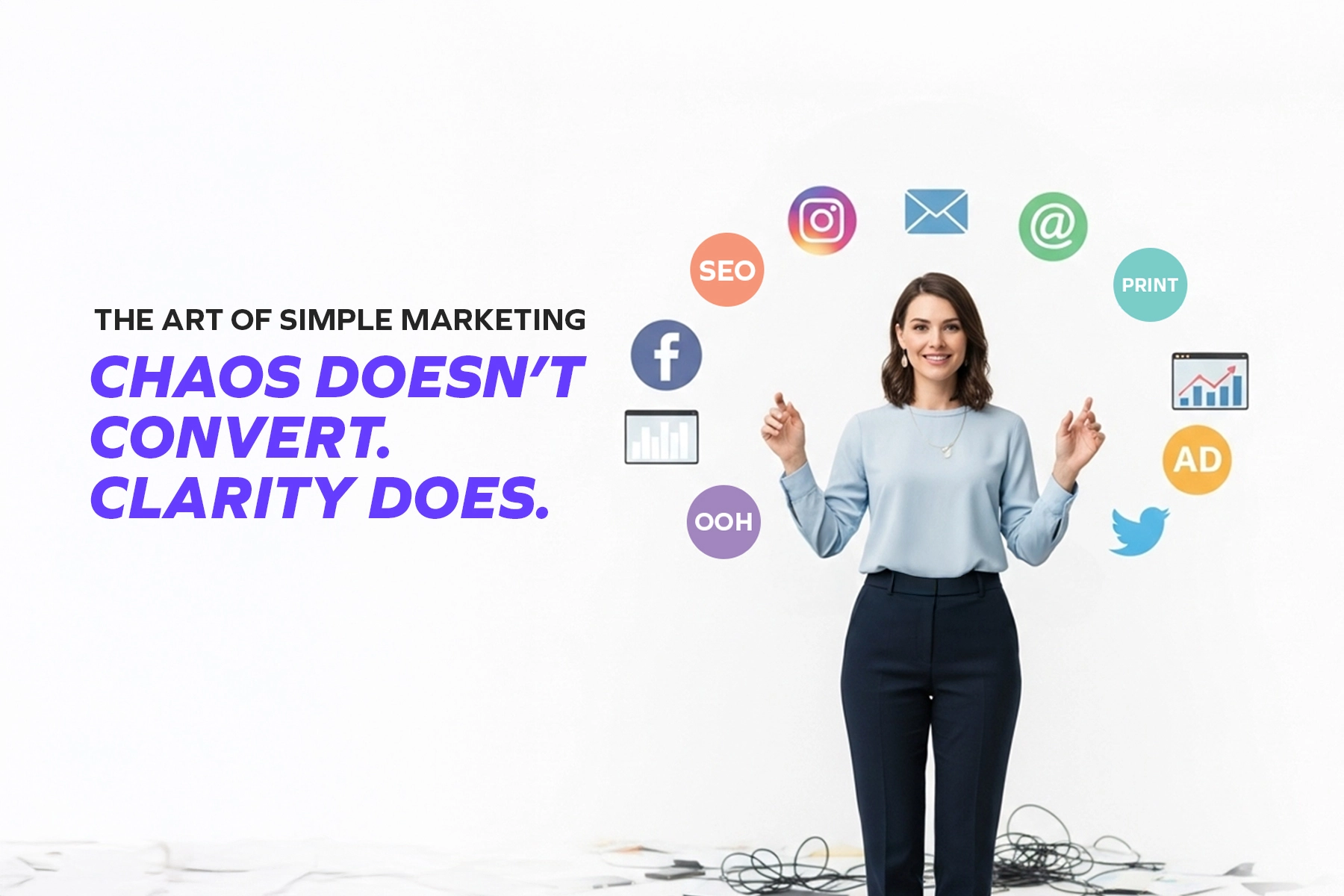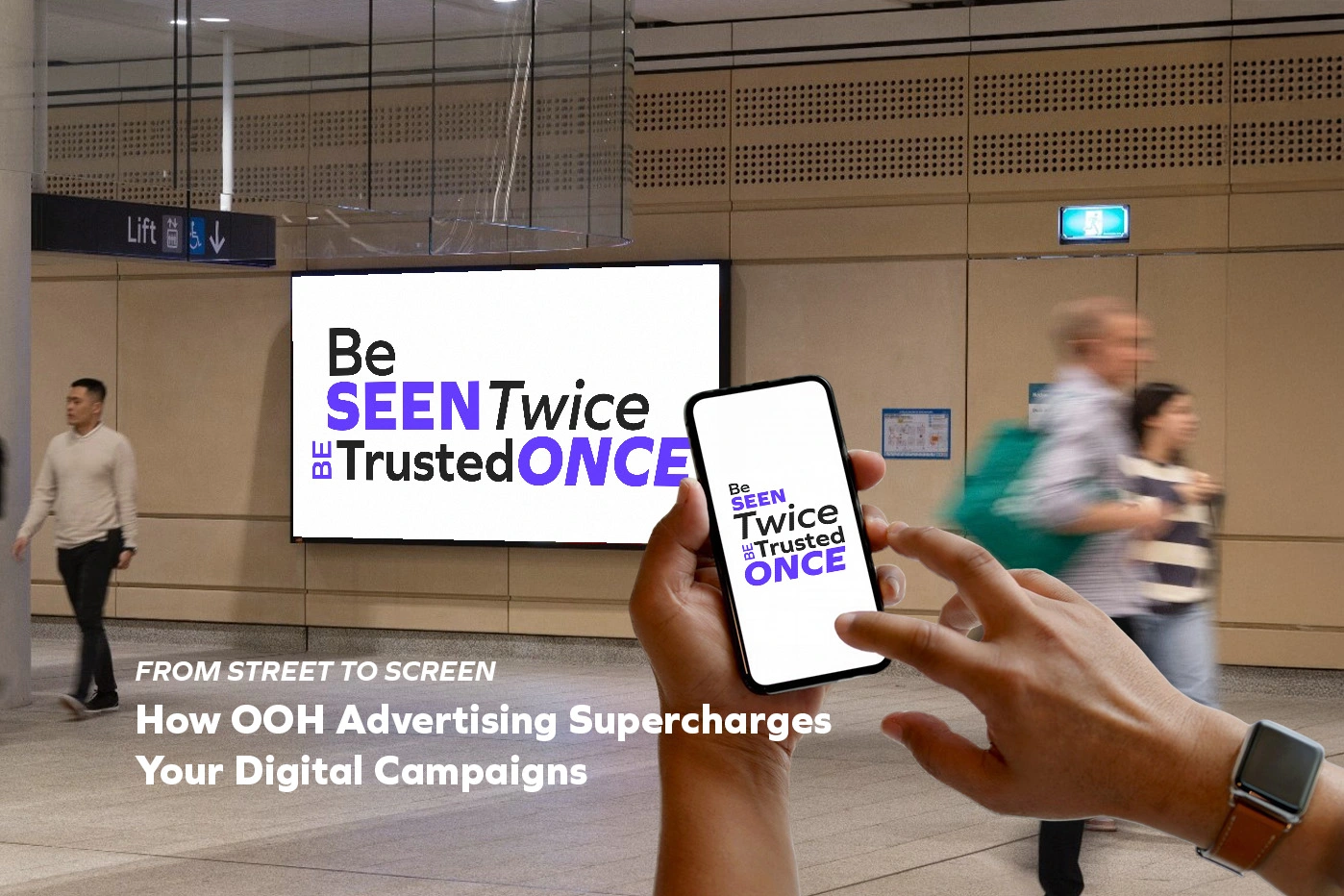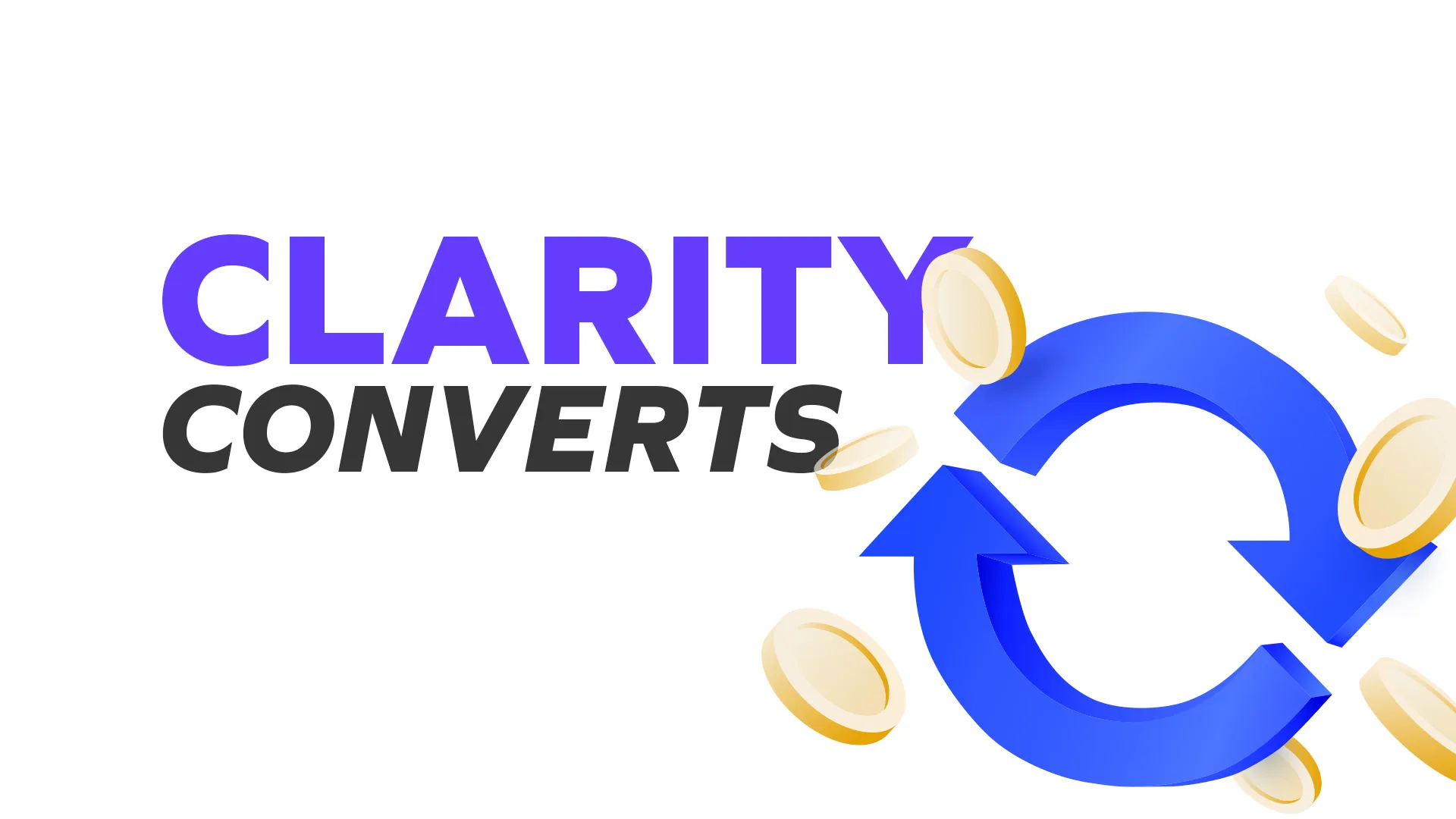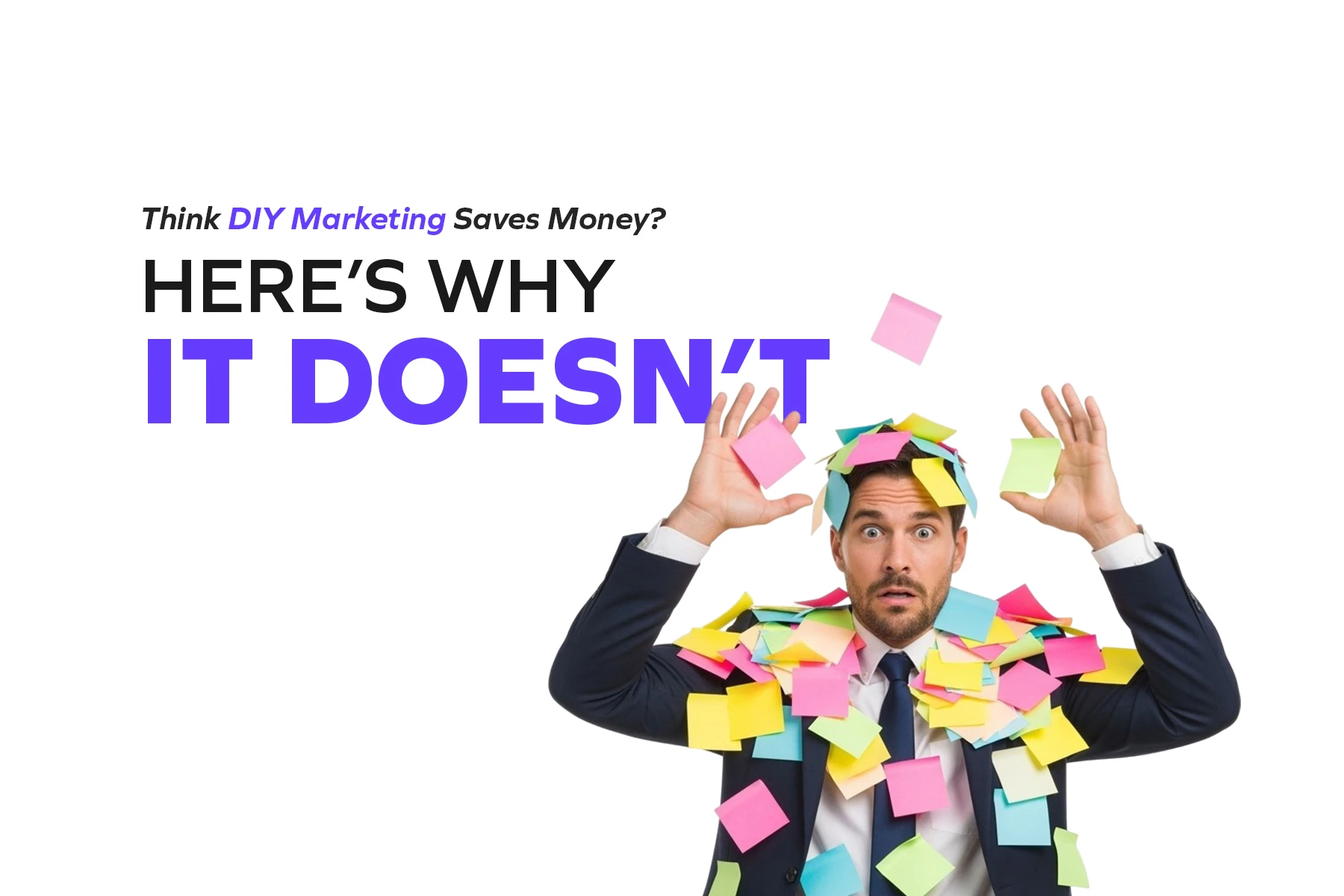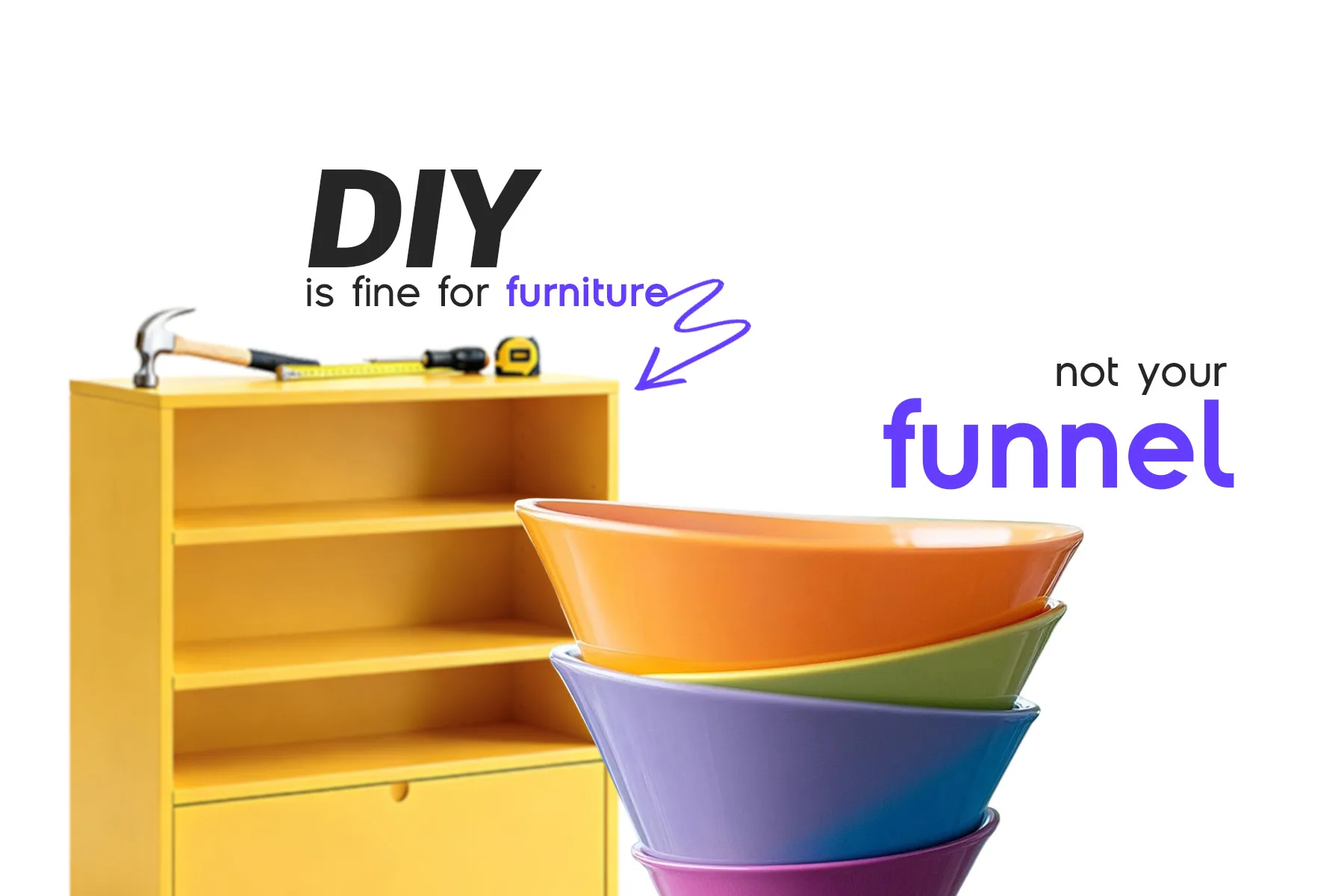Alright, let’s be real.
The first half of the year flew by faster than a footy finals weekend. One minute you’re planning your January campaign, the next you’re knee-deep in EOFY chaos, wondering if your marketing actually made a dent.
If you’ve hit that mid-year slump or you’re feeling like things have gone a bit… stale, don’t stress. This is your golden window. Time to pause, take a breath, and give your strategy the refresh it deserves — not just a quick tidy-up, but a real, meaningful shake-up that gets results.
Let’s talk about how to make the next six months count — with real stories, practical moves, and zero corporate fluff.
Table of Contents
Start With Brutal Honesty — What’s Actually Working?
Before you dive into fancy new ideas,
take stock.
What’s genuinely moving the needle?
Not what feels good, not what everyone on LinkedIn’s raving about
— but what’s actually bringing in leads, clicks, or sales?
One Melbourne-based homewares store had been pumping out slick reels for months — all the trending audio, polished visuals, and solid engagement. But when they finally took a proper look at their backend data, the top traffic driver wasn’t video at all. It was a simple blog post on how to choose the right throw rug. No flashy edits, no fancy transitions — just genuine, helpful content. That post quietly outperformed everything else, proving that value-led content still packs a punch.
They scrapped 50% of their content plan and went all in on educational content — blog posts, how-tos, and bite-sized tips. Sales tripled in a month.
So, ask yourself:
- Where’s your traffic coming from?
- What’s converting?
- What’s just noise?
Marketing isn’t about covering every channel — it’s about showing up where it matters most.
Listen to Your Customers — They’re Literally Telling You What They Want
Here’s the kicker. Your audience probably already told you what they need — you just haven’t slowed down enough to hear them.
A Gold Coast beauty salon was pushing luxe skincare packages in Q1, but bookings were flat. They started asking clients during treatments what they actually needed. Turns out, people were stressed about money and wanted affordable self-care.
The salon pivoted. Introduced 30-minute “express glow” facials for half the price. Suddenly, bookings skyrocketed, and people started treating it as a monthly pick-me-up.
No complex CRM, no data dashboards. Just good old listening.
If you’re not gathering feedback regularly — even informally — you’re making decisions without clear direction. Drop a poll on Instagram. Send out a two-question survey. Chat to customers at checkout. The answers are right there.
Drop the Dead Weight — Not Every Channel Deserves Your Energy
Let’s have a real talk. You don’t need to be on every platform. If you’re busting your gut posting on Threads and Snapchat while your ideal customers are hanging out on Google or Instagram — you’re wasting precious time.
There’s this Aussie ethical fashion label, they spent months trying to crack Pinterest, thinking it would drive sales. After checking their analytics, they realised 85% of conversions came from their email list and IG Stories.
They dropped Pinterest cold turkey and reallocated those hours into email campaigns and daily Stories. Revenue climbed, stress dropped.
Sometimes, less really is more. Cut what’s not working and double down on where your audience actually lives.
Content That Connects — Tell Stories, Not Sales Pitches
Gone are the days when a flashy product photo and a discount code could win hearts. If your content doesn’t make people feel something, it’s just background noise.
Let me tell you about a Perth-based dog treat brand. They used to post pics of biscuits with captions like “Tasty treats for your furry mate.” Pretty standard. Then they started sharing rescue dog stories — before and after pics, adoption tales, how certain treats helped with anxiety or training.
Engagement exploded. People cried. They tagged friends. They shared.
Sales doubled, not because the treats changed, but because the storytelling did.
So, ask yourself — what’s your story? What stories can your customers tell? How can you bring more humanity into your brand?

Update Your Offers — Is It Still What People Want in Today’s Market?
Let’s be honest, the economy’s been a bit of a rollercoaster. Between interest rates and rising costs, people are thinking twice before they spend. If your offer hasn’t evolved since last year, it might be time for a revamp.
Take a Newcastle gym that was offering annual memberships and seeing crickets. They noticed people were nervous about long-term financial commitments. So, they introduced “pay-as-you-go” passes and no-lock-in group classes.
Guess what?
Bookings jumped. And many of those casual visitors eventually turned into long-term clients — but on their own terms.
Flexibility and relevance will always beat rigidity. Adjust your offers to meet people where they are, not where you wish they were.
Get Hyper-Local — Think Streets, Not States
Here’s a tip for small Aussie businesses: local wins.
I know a Sydney bakery that ran a “locals-only” Instagram giveaway — tag your suburb in the comments for a chance to win a month of free croissants. Engagement went nuts. Even better, it created a real-world buzz — people walked in saying, “I saw your post, I’m from Newtown!”
They followed it up with suburb-specific ads and a discount just for locals. Smart, simple, effective.
Whether you’re a café, tradie, or online shop with a regional footprint — lean into your local roots. Use place names in your ads. Partner with local creators. Sponsor a netball team. Whatever it takes to make your brand part of the community fabric.
Level Up Your Email Game — Still the Underrated MVP
While everyone’s fussing over social media, email’s still your best bet for deep engagement and actual sales.
But — and it’s a big but — only if your emails are good.
No one wants “Winter Sale Now On!” clogging their inbox. They want stories, personality, and something worth opening.
There’s an Adelaide candle brand that sends weekly emails with customer-submitted “scent memories” — little stories like “this smells like Mum’s house on a rainy Sunday.” Heartfelt, nostalgic, and tied into their product line.
Not only are people opening the emails — they’re forwarding them. Sharing them. Buying from them.
If your email list is just sitting there, it’s time to wake it up.
Look Ahead — Don’t Sleep on Q3
Here’s the reality: the businesses that crush Christmas don’t wait until November to plan for it.
Start mapping out your second-half campaigns now. Think:
- Back-to-school promos (July)
- Father’s Day (September)
- Spring cleaning and fresh starts
- Black Friday and Cyber Monday (late November)
- Holiday gifting (December)
Even if it’s just a rough outline in your calendar, getting ahead now gives you space to be strategic — not last-minute.
Wrap-Up: Your Second Half Starts Here
You don’t need to flip your whole strategy on its head. You just need to be honest, nimble, and willing to evolve.
Look at your numbers. Talk to your customers. Reconnect with what actually works. Then show up with purpose, personality, and passion.
You’ve got six months to turn things around or take them even further. Whatever the first half looked like — this is your reset button.
So, take it. Refresh your marketing strategy. Reignite your spark. And finish 2025 on a high.


